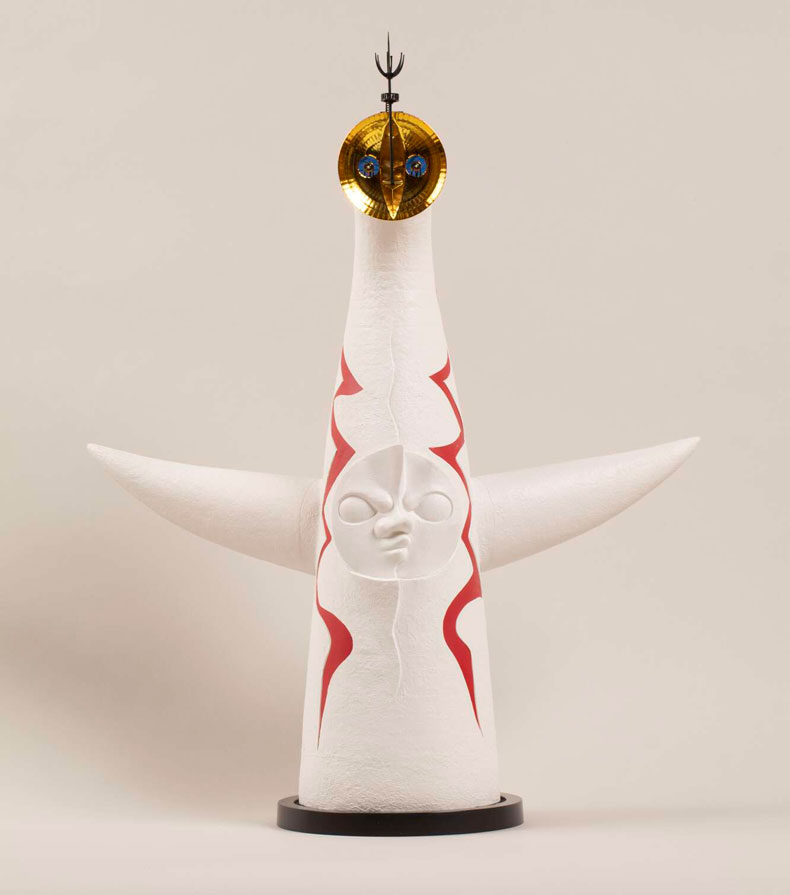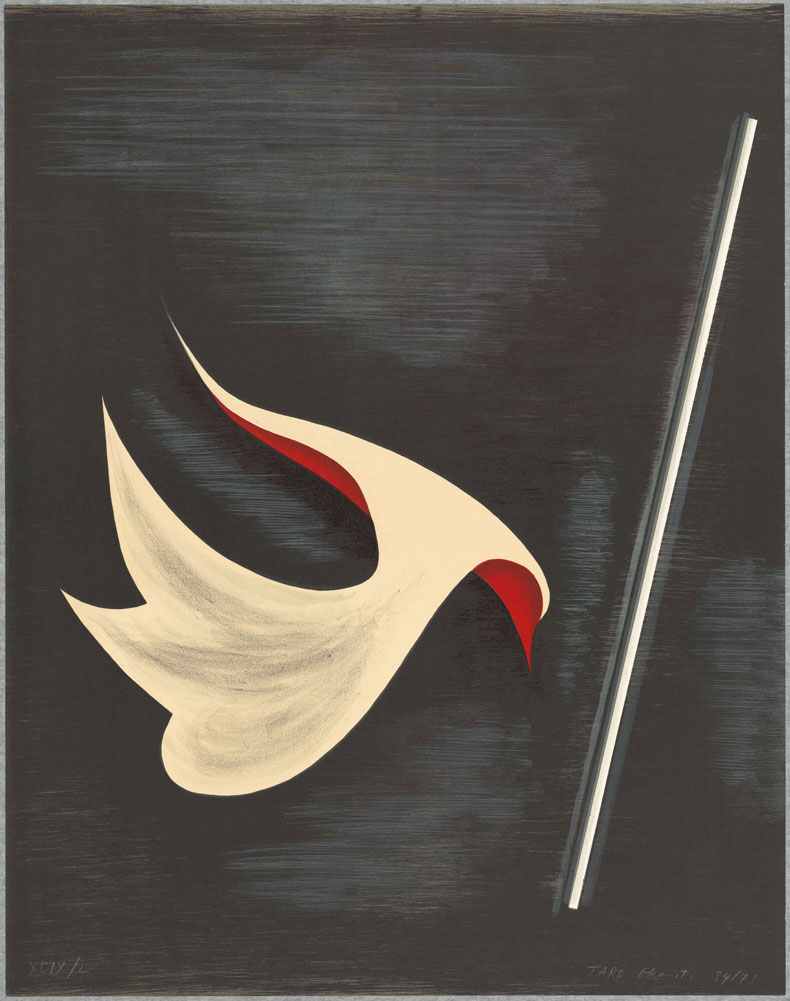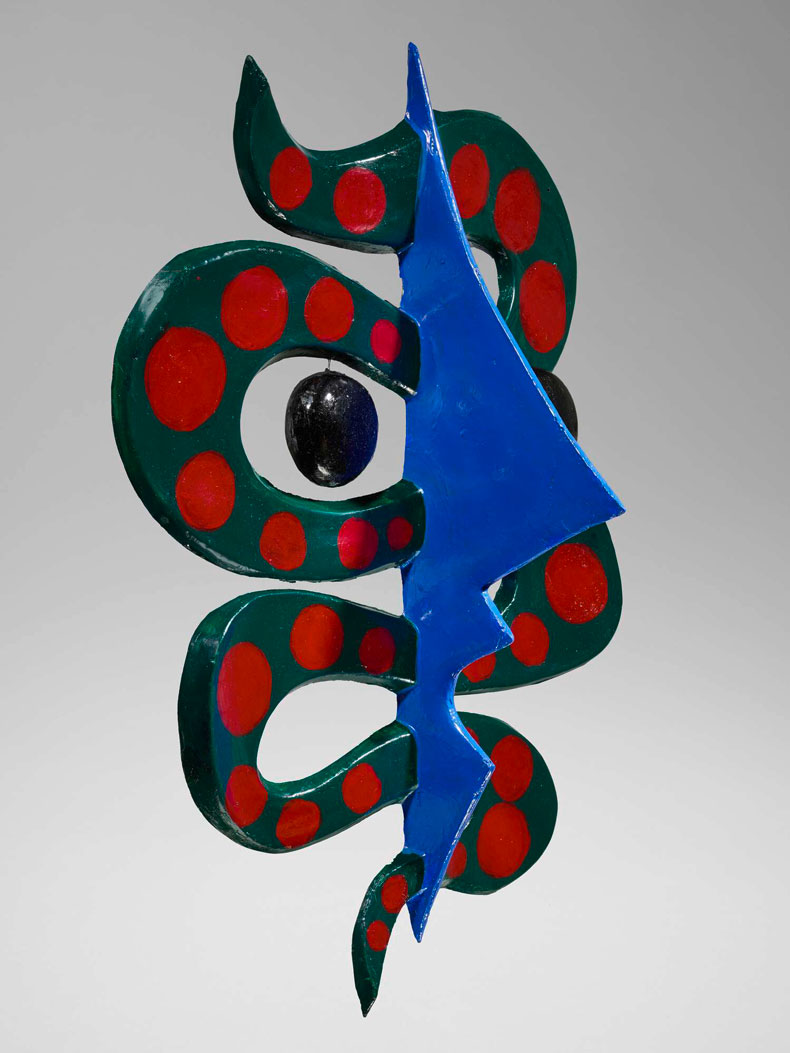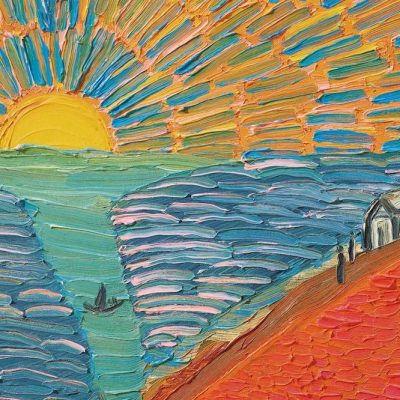Having arrived in France at the age of 18, the Japanese artist Tarō Okamoto (1911–96) spent his early twenties making abstract paintings before impressing André Breton with Sad Arm (1936), a melancholy work featuring a touch of Surreal imagery: a woman’s head concealed by an enormous scarlet bow tie. Though Okamoto fell in with a number of leading Surrealists, including Max Ernst, Man Ray and Yves Tanguy, he was so fascinated by the Musée de l’Homme that he enrolled in its ethnology department in 1938 and gave up painting for a spell. He returned to Japan intent on revitalising the country’s art scene with new ideas and aesthetics, and his subsequent paintings and sculptures combine an avant-garde sensibility with a reverence for age-old craft. Paris welcomes Okamoto back with an exhibition at the Museé du Quai Branly that places several of his works – including his monumental sculpture Tower of the Sun, which he made for the Osaka World Expo in 1970 – alongside items from the museum’s collection (15 April–7 September).
Find out more from the Museé du Quai Branly’s website.
Preview below | View Apollo’s Art Diary
Tower of the Sun (1970), Tarō Okamoto. Photo: © Taro Okamoto Museum of Art, Kawasaki; © Tarō Okamoto

Space, 1933 (1973), Tarō Okamoto. Bibliothèque nationale de France, Paris. © Tarō Okamoto

Masque (n.d.), Tarō Okamoto. Photo: © Musée du quai Branly – Jacques Chirac; © Tarō Okamoto




